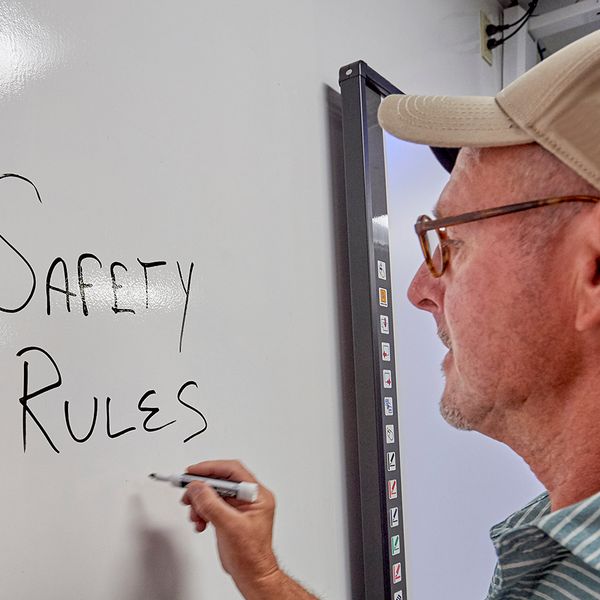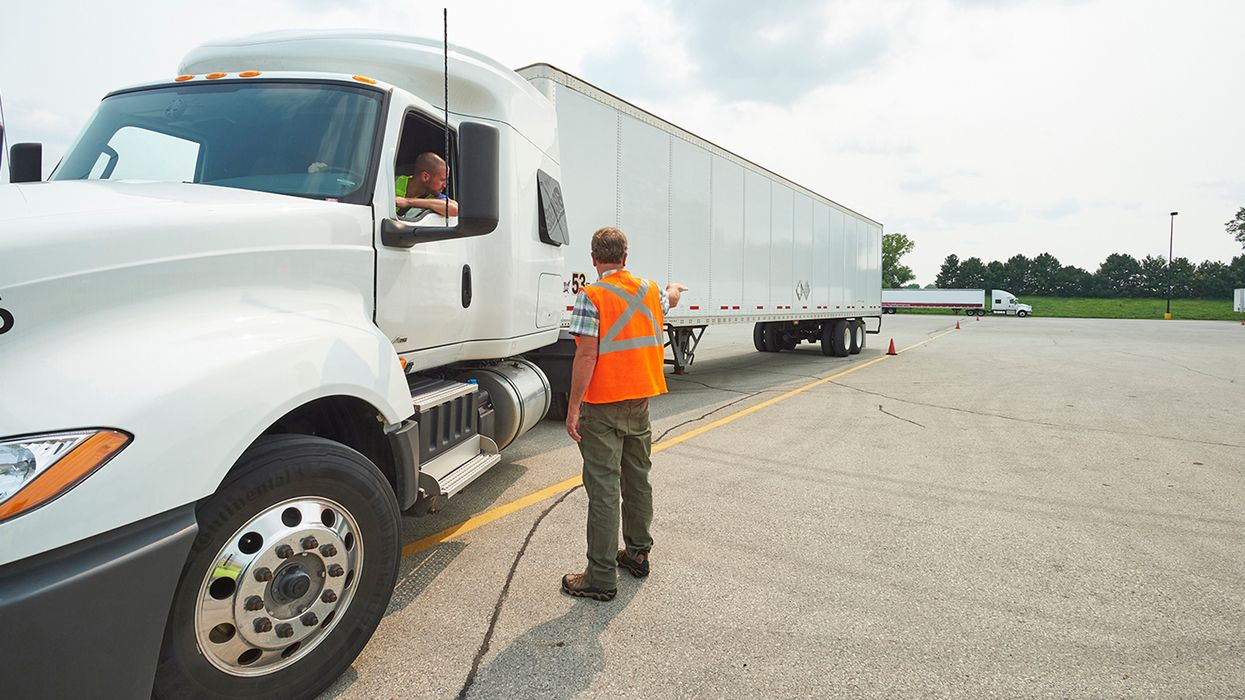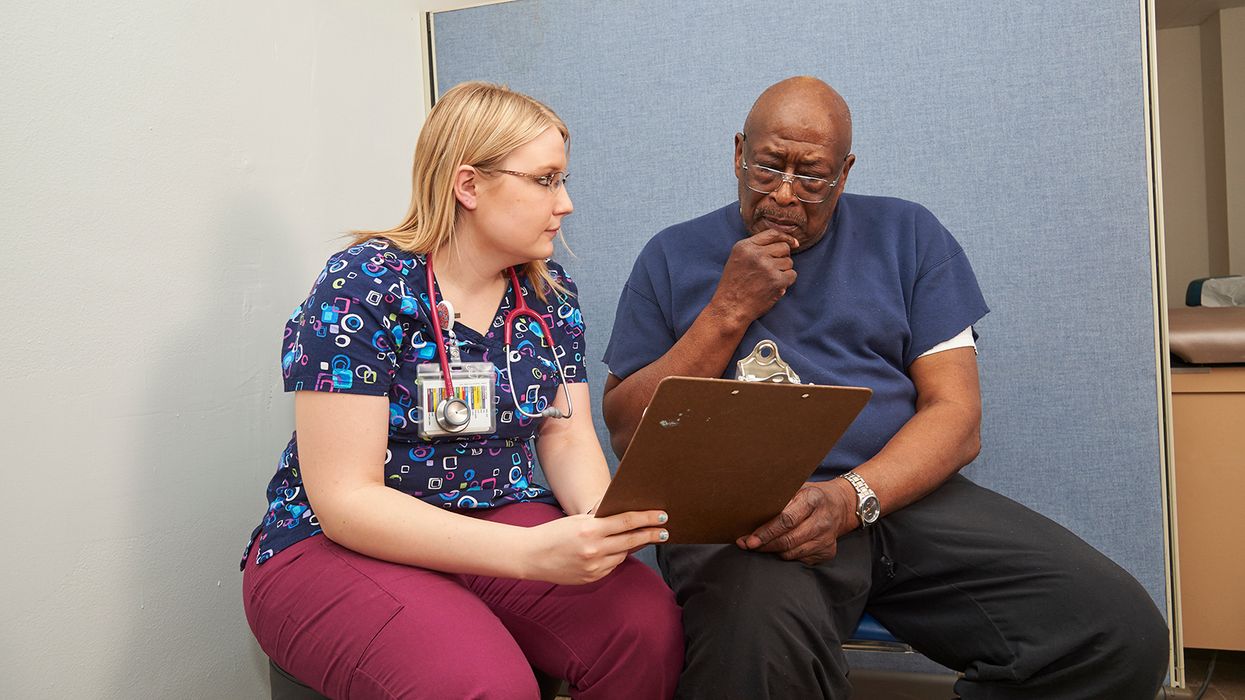Help your temp workers say goodbye to aches and pains and hello to productivity
OSHA has long held that temporary workers are entitled to the same protections under the Occupational Safety and Health (OSH) Act as all other covered workers. As part of OSHA’s Temporary Worker Initiative (TWI), the agency developed a series of guidance documents that focus on compliance with safety and health requirements when temporary workers are employed under the joint employment of a staffing agency and host employer. The most recent bulletin, TWI No. 13, focuses on ergonomics for the prevention of musculoskeletal disorders (MSDs).
MSDs can affect the muscles, nerves, blood vessels, ligaments, and tendons, and are among the most frequently reported causes of lost or restricted work time. Examples of MSDs include carpal tunnel syndrome, tendinitis, low back injuries, and rotator cuff injuries.
Ergonomics, or fitting a job to a person, is a process that reduces ergonomic risk factors such as awkward postures, repetitive movements, and forceful exertion. Examples include working overhead, working in squatting or kneeling postures, and performing the same tasks repetitively several times a minute.
Implementing an ergonomic process can be effective in reducing the risk of developing MSDs in high-risk industries such as construction, food processing, manufacturing, office jobs, healthcare, transportation, and warehousing. In 2020, the transportation and warehousing industries had the highest rate of MSD injuries.
OSHA’s requirements
Although OSHA does not have a specific standard addressing ergonomic hazards, all employers covered under the OSH Act must ensure that workers are protected from recognized hazards that may cause death or serious physical harm. This includes ergonomic hazards.
An ergonomic program can help to lessen muscle fatigue, reduce medical costs and days away from work, increase productivity, and reduce the number and severity of work-related MSDs.
Joint employer responsibilities
OSHA says that in most cases, the staffing agency is responsible for generic safety and health training, and the host employer is responsible for site-specific training. It’s a best practice to make this determination in the contract between the host employer and staffing agency.
OSHA recommends that ergonomics training include:
- The principles of ergonomics and their applications to the assigned tasks;
- The proper use of equipment, tools, and machine controls;
- Good work practices, including proper lifting techniques;
- Recognition of early symptoms of MSDs;
- Understanding the importance of reporting and addressing early indications of MSDs before serious injuries develop; and
- The procedures for reporting work-related injuries and illnesses.
When an OSHA investigation reveals that a temporary worker is exposed to a recognized hazard, and the worker is employed by both a staffing agency and a host employer, the agency may issue citations to either or both of the employers. OSHA will assess whether both employers have fulfilled their respective compliance responsibilities in each individual case.
Key to remember: Temporary workers must be included in your ergonomics training.




















































